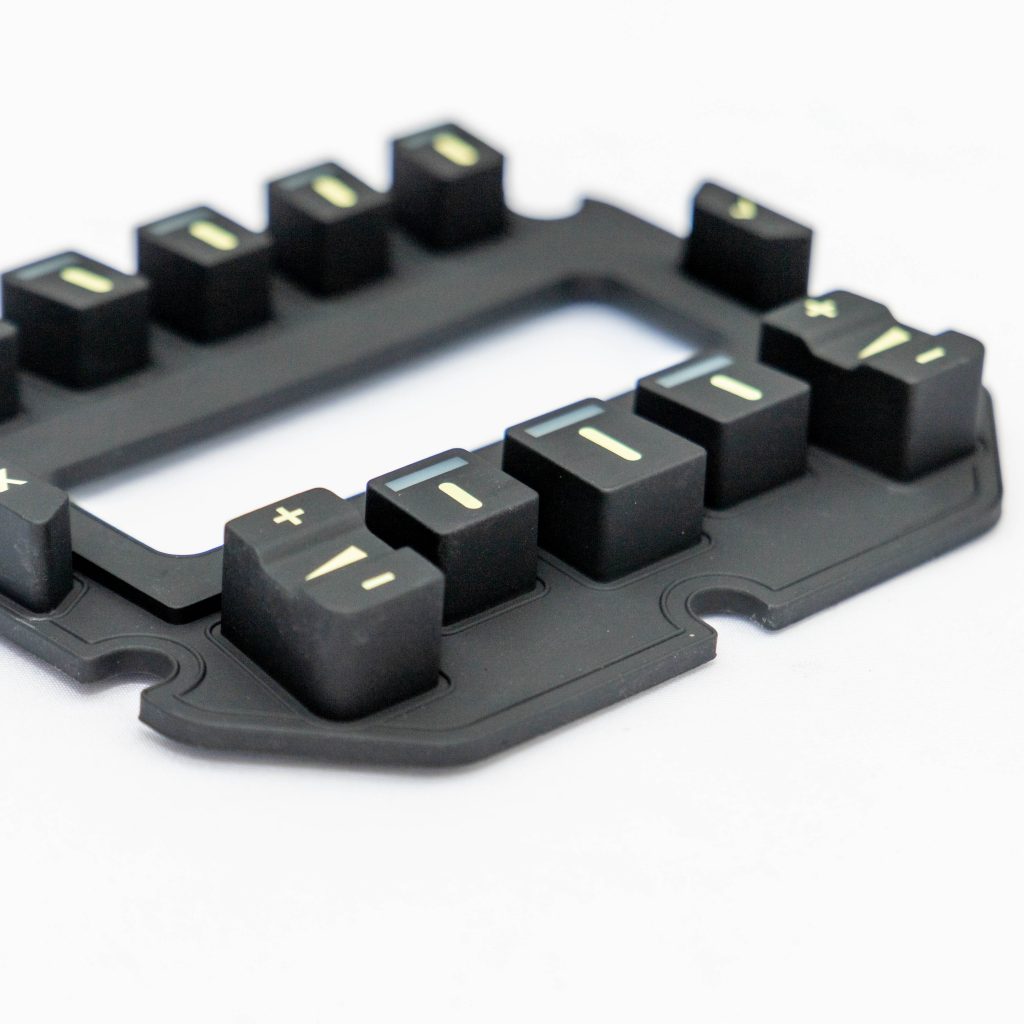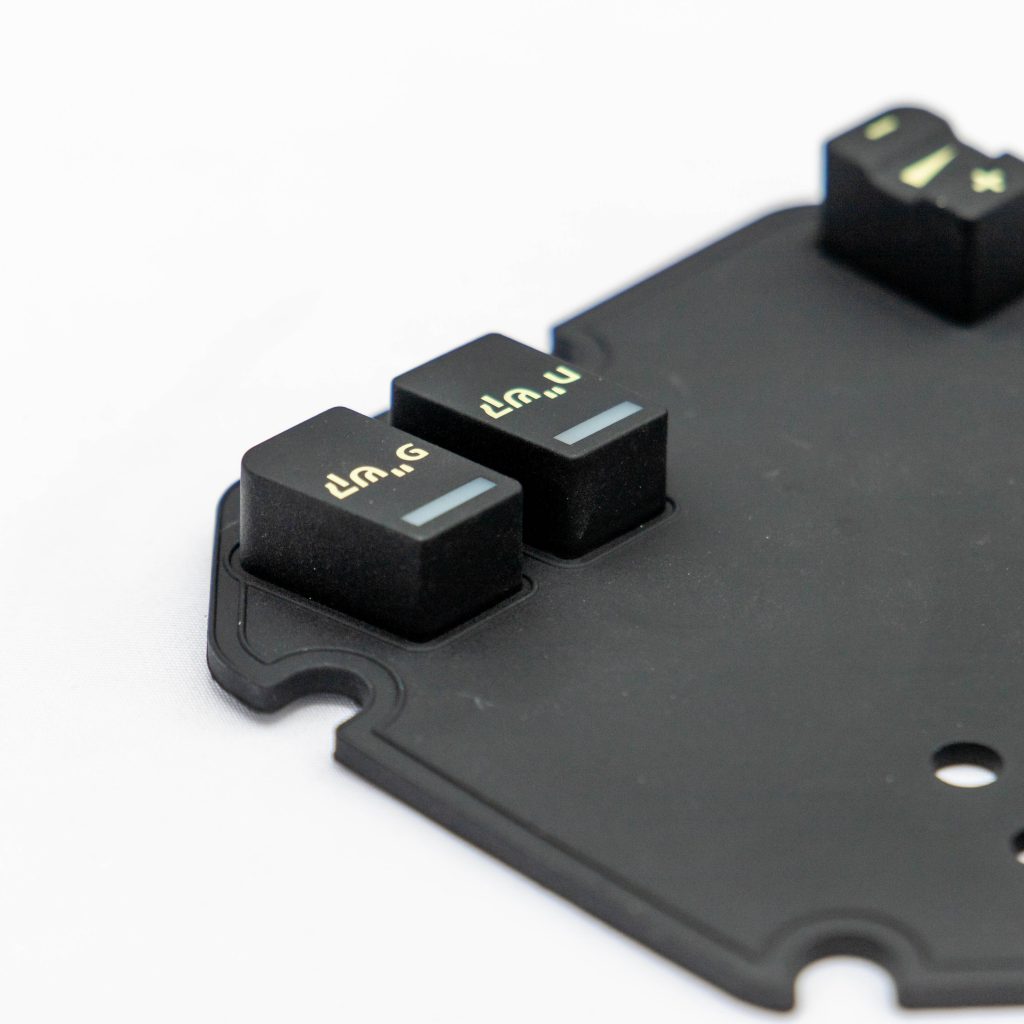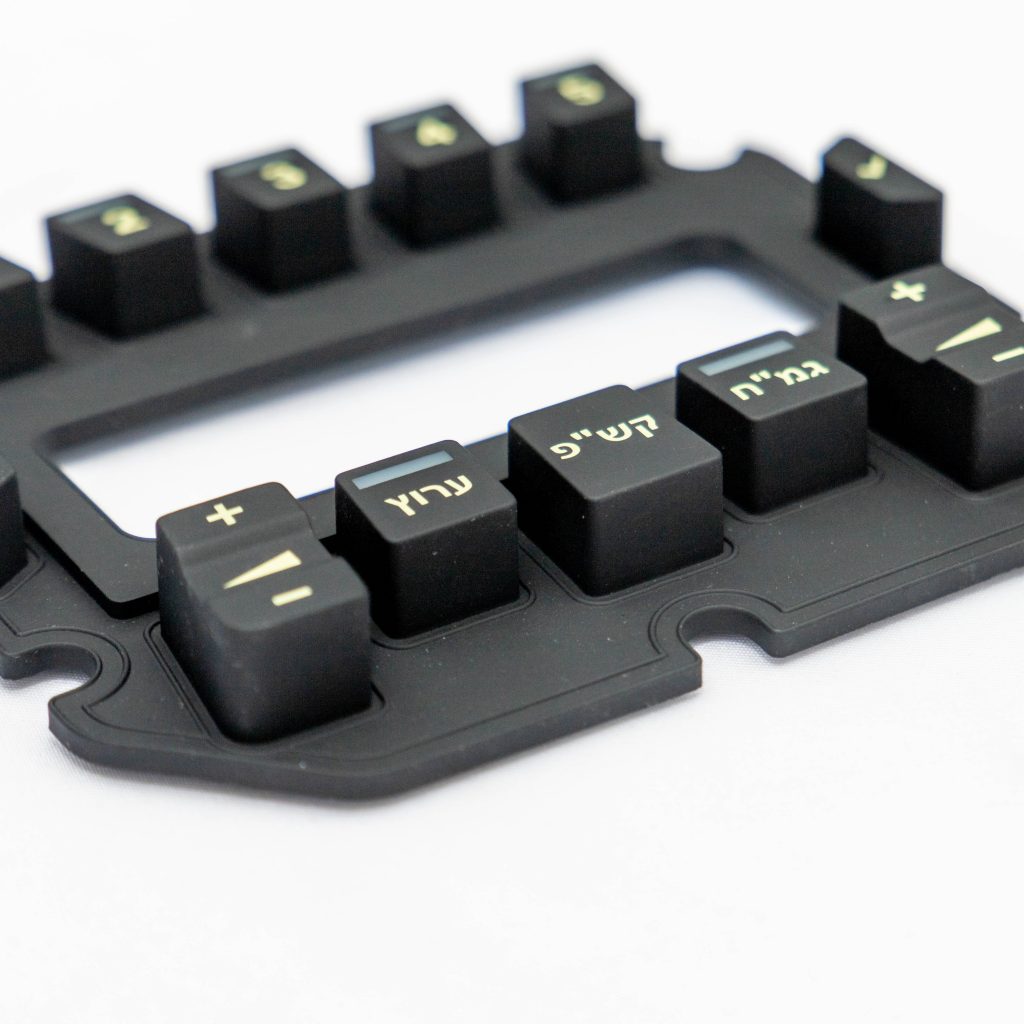Contact
Write to Us And We Would Be Happy to Advise You.
Do you have any questions, or would you like to speak directly with a representative?
By hqt
As the digital era continues to evolve, people’s preferences and needs are changing, which also includes the type of keyboards that they use. While traditional mechanical keyboards are still popular, many people are now opting for silicone rubber keyboards because of their various advantages. But what affects the tactile response of a silicone rubber keyboard? In this article, we will discuss the different factors that influence the tactile response of a silicone rubber keyboard.
Silicone rubber keyboards are known for their quiet operation, durability, and resistance to dust, water, and other environmental factors. They are also lightweight, making them perfect for travel and portable devices. However, the tactile response of a silicone rubber keyboard can vary depending on several factors. In this article, we will take a closer look at these factors and how they affect the tactile response of a silicone rubber keyboard.



The actuation force is the amount of pressure required to register a keystroke. The actuation force of a silicone rubber keyboard can range from 30 to 70 grams, depending on the model and brand. Generally, a higher actuation force provides a better tactile response, but it can also lead to finger fatigue when typing for extended periods.
Key travel is the distance that a key travels when pressed. The key travel of a silicone rubber keyboard typically ranges from 1.5 to 2.5mm. A shorter key travel can provide a quicker and more responsive tactile feedback, but it can also result in accidental keystrokes. On the other hand, a longer key travel can provide a more comfortable and accurate typing experience, but it may require more force to register keystrokes.
The material used for keycaps can affect the tactile response of a silicone rubber keyboard. Keycaps can be made of various materials, including ABS plastic, PBT plastic, and silicone. ABS plastic is a common material used for keycaps, but it can wear down quickly over time. PBT plastic is more durable and can provide a more satisfying tactile feedback. Silicone keycaps are rare but offer excellent tactile response and durability.
The switch type is another essential factor that affects the tactile response of a silicone rubber keyboard. The most common switch types used in silicone rubber keyboards are dome switches and scissor switches. Dome switches provide a soft tactile feedback and are relatively quiet, but they can be prone to wear and tear. Scissor switches, on the other hand, offer a sharper tactile feedback and are more durable, but they can be louder than dome switches.
The design of a silicone rubber keyboard can also affect its tactile response. Keyboards with a curved or contoured design can provide a more natural typing experience, while keyboards with a flat design may require more force to type. Additionally, the layout of the keys and the spacing between them can also affect the tactile response of a silicone rubber keyboard.
Environmental factors such as temperature, humidity, and altitude can also affect the tactile response of a silicone rubber keyboard. High humidity can cause the keys to stick, while low humidity can cause static electricity to build up,
which can interfere with the keyboard’s performance. Extreme temperatures can also affect the elasticity of the silicone rubber and alter the tactile response.
Over time, the tactile response of a silicone rubber keyboard may degrade due to age and wear. Frequent use can cause the keys to lose their elasticity, resulting in a less satisfying tactile feedback. Dust and debris can also accumulate under the keycaps, causing them to stick or malfunction.
How to Improve the Tactile Response of a Silicone Rubber Keyboard
Cleaning the keyboard regularly can help improve the tactile response by removing dust and debris that can accumulate under the keycaps. Use compressed air or a small brush to remove any debris, and wipe the keys and the keyboard’s surface with a microfiber cloth and a mild cleaning solution.
Applying a small amount of silicone lubricant can also help improve the tactile response of a silicone rubber keyboard. Apply the lubricant sparingly on the moving parts of the keyboard, such as the switch mechanism and the stabilizers.
Replacing worn-out or damaged keycaps, switches, or stabilizers can also help improve the tactile response of a silicone rubber keyboard. Many replacement parts are available online, and they can be easily installed with a few basic tools.
Can I use a silicone rubber keyboard for gaming?
Yes, silicone rubber keyboards are suitable for gaming, especially if they have a low actuation force and a short key travel. They can provide a quiet and comfortable typing experience, and they are also durable and resistant to spills and dust.
How do I know if a silicone rubber keyboard has a good tactile response?
The tactile response of a silicone rubber keyboard can be subjective and can vary depending on personal preferences. However, a good tactile response usually involves a satisfying and responsive feedback when typing, without feeling too soft or mushy.
Can I customize the keycaps of a silicone rubber keyboard?
Yes, many silicone rubber keyboards allow you to customize the keycaps with different colors, materials, and designs. Some keyboards also come with replaceable keycaps that can be easily removed and replaced.
Can I use a silicone rubber keyboard for programming and typing long documents?
Yes, silicone rubber keyboards can be used for programming and typing long documents, especially if they have a comfortable key travel and a good tactile feedback. However, it’s important to choose a keyboard that suits your typing style and preferences.
How do I maintain my silicone rubber keyboard to ensure a good tactile response?
To maintain a good tactile response, it’s important to keep your silicone rubber keyboard clean and free of debris. You can also apply a small amount of silicone lubricant and replace any worn-out or damaged parts.
Do you have any questions, or would you like to speak directly with a representative?